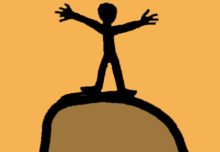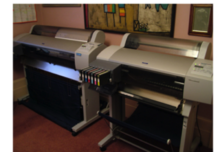RECORD KEEPING
The other day I got an email from a major art dealer in London telling me that they have recently acquired some of my art. They asked me to give them more information on these particular paintings.
Oh dear! The paintings are really nice ones. I remember them, and now that I see them again I am so happy that they are still around. I am also flattered that these paintings have been acquired by such a prestigious dealership. But I don’t have a record of where they went after I painted them.
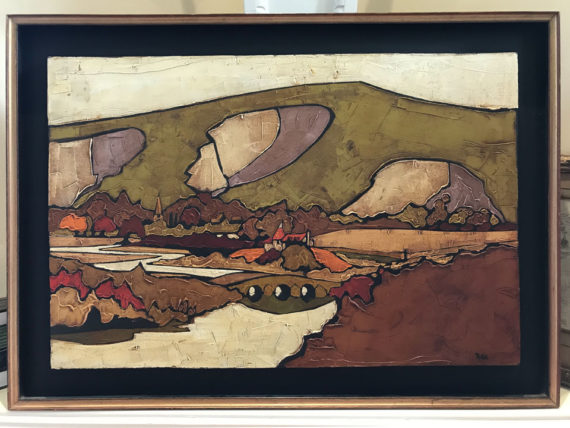
NO RECORD! WHY NOT?
In the old days I didn’t keep records of absolutely everything that I painted and sold.
The sale would have pre-dated easy computer record keeping. There was no easy photography on a mobile phone either. No data base on a laptop that can be sent over the Internet to my desktop and stored in a cloud. Hey-ho!
These paintings were probably painted, finished, framed, and then exhibited and sold within a few days. That happened to the best ones. I do have some records of the ones that didn’t sell because they were exhibited more than once. Hey-ho again!
I might have actually recorded the sale and price using some sort of code number on the sale ticket. The title and size at an exhibition was quite common. Maybe I could get a date and discover the buyer. That is if I still had the paper records from thirty or more years ago. But they are gone.
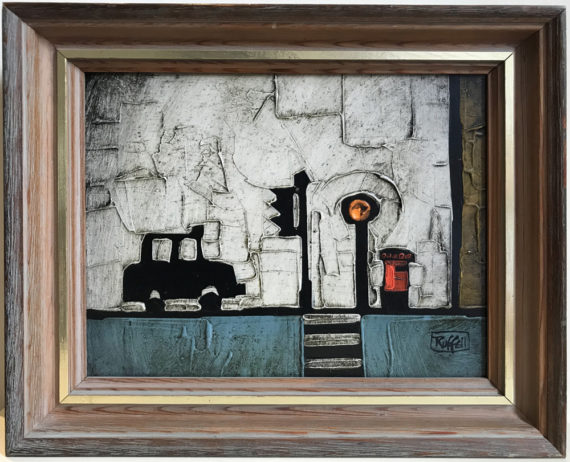
REGRET * REGRET * REGRET
The point is that I wish I did have records of everything that I created over the last fifty-five years since I became a full-time professional. I must have painted thousands of unrecorded pieces. Some would be super prints if I had a photographic file. But a high quality photograph in those days had to be done by a professional photographer, and that cost a few quid. It all took time and investment after the painting was finished and framed.
We didn’t foresee that there would be a good use for the best images as valuable digital files that could be used in catalogues, or written about in books. Even more useful would be for the artist to look back and get inspiration from successes. Or the opposite of course where the artist learns from their mistakes.
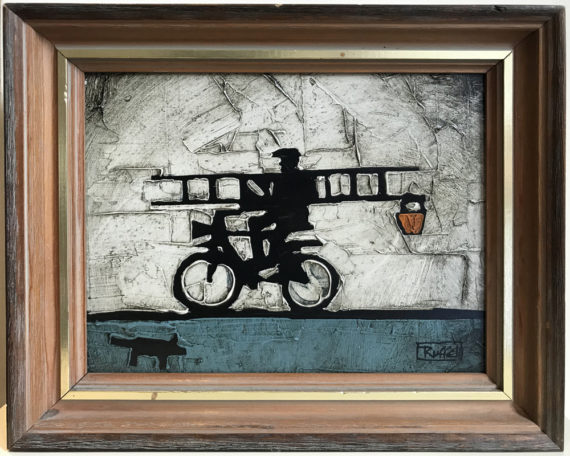
LESSONS TO LEARN
So here are the lessons from this particular incident. Keep records of images, methods, dates, exhibitions, prices, and buyers. Copy these records in a couple of different formats and places.
And most of all to be prepared for everything to change in the future.
Examples of wonders that we didn’t foresee are the simple click and share with millions of people world-wide. Plus the high quality digital phone camera that we all carry with us everywhere. And the ability to print editions of very high quality prints, of the best of our work, from our long and eventful careers.
Hey-ho sigh again,and again!

